A new space dedicated to contemporary culture, THEIA Gallery, will open in Ancona: it is a “home gallery,” or a home that will also be used as an exhibition space that can be visited by the public. From April 12 to May 4, 2025 THEIA will open for the first time to visitors with the photography exhibition Casa nostra. Housing in Italy by Massimo Baldini, at which fifty color photographs on the theme of private housing and living in our country will be exhibited. We interviewed photographer Massimo Baldini to have him explain his new project.
Where did the impulse come from to want to dedicate a series of photographs to private housing in Italy?
In my research on Italy I have often photographed public places, such as simple bars or restaurants, but also institutional ones, for example in the exhibition, A Tour not so Grand, dedicated to small unknown museums. On this occasion I shifted the focus to a more private, and in some ways more revealing, space, such as the home. For now seen from the outside, but in the future I would also like to enter, with the camera, the homes of Italians.
What do you think a “house” is? How would you define it?
A home is an environment designed in our image and likeness, where we are comfortable and recognize ourselves. But the definition that most convinced me and that I adopted for this project was given by philosopher Emanuele Coccia: home is a place we build to make our happiness possible.
What do you think are the elements that best distinguish Italy’s private housing stock?
It is not so much some elements per se, but rather their hybridization. In other countries that heritage is more homogeneous, for historical, cultural and even regulatory reasons. In ours, a millenary tradition, marked by striking moments such as classicism, the Renaissance or the Baroque, coexists with what has been called “banal architecture,” also because of substantial deregulation, in a mixture unique in the world.
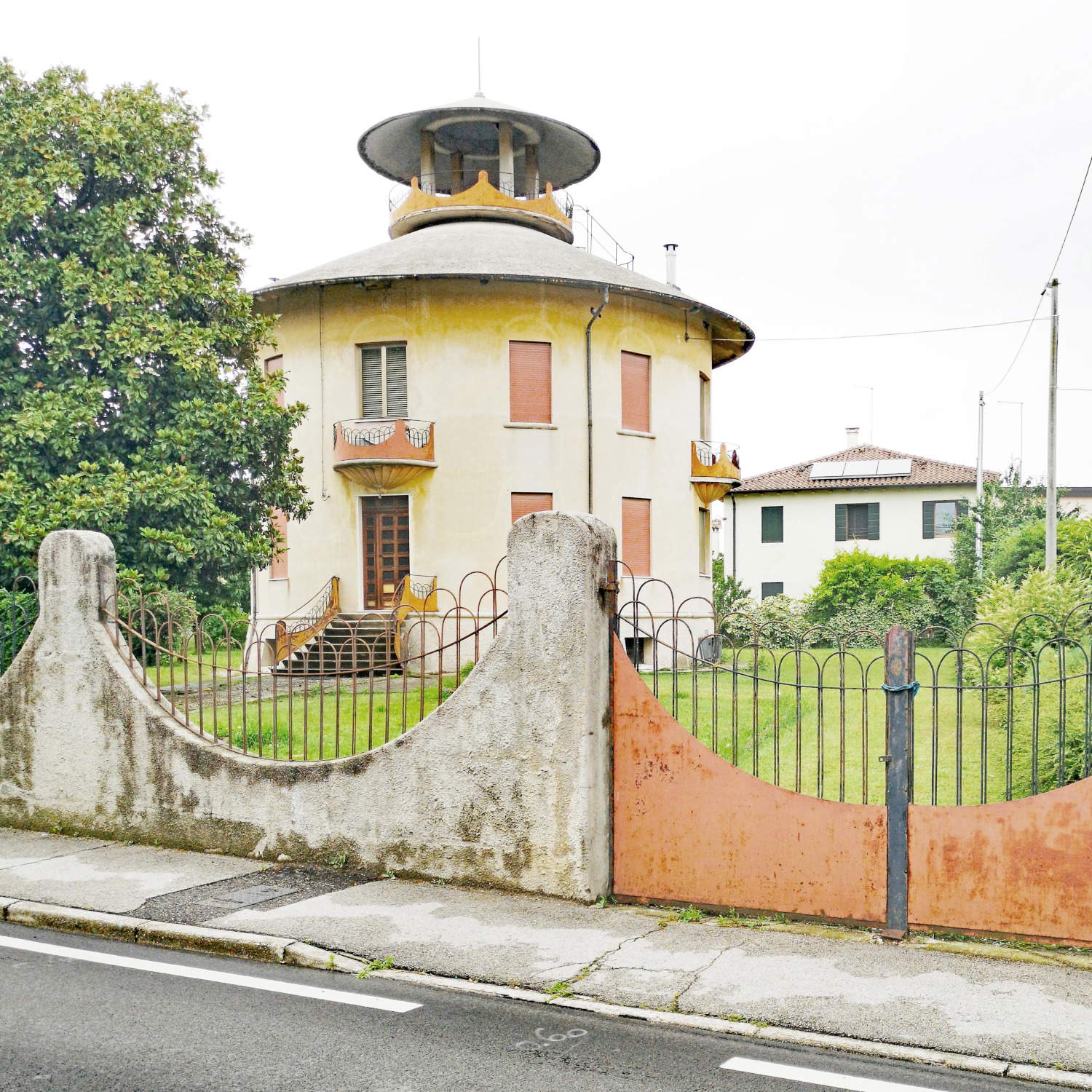
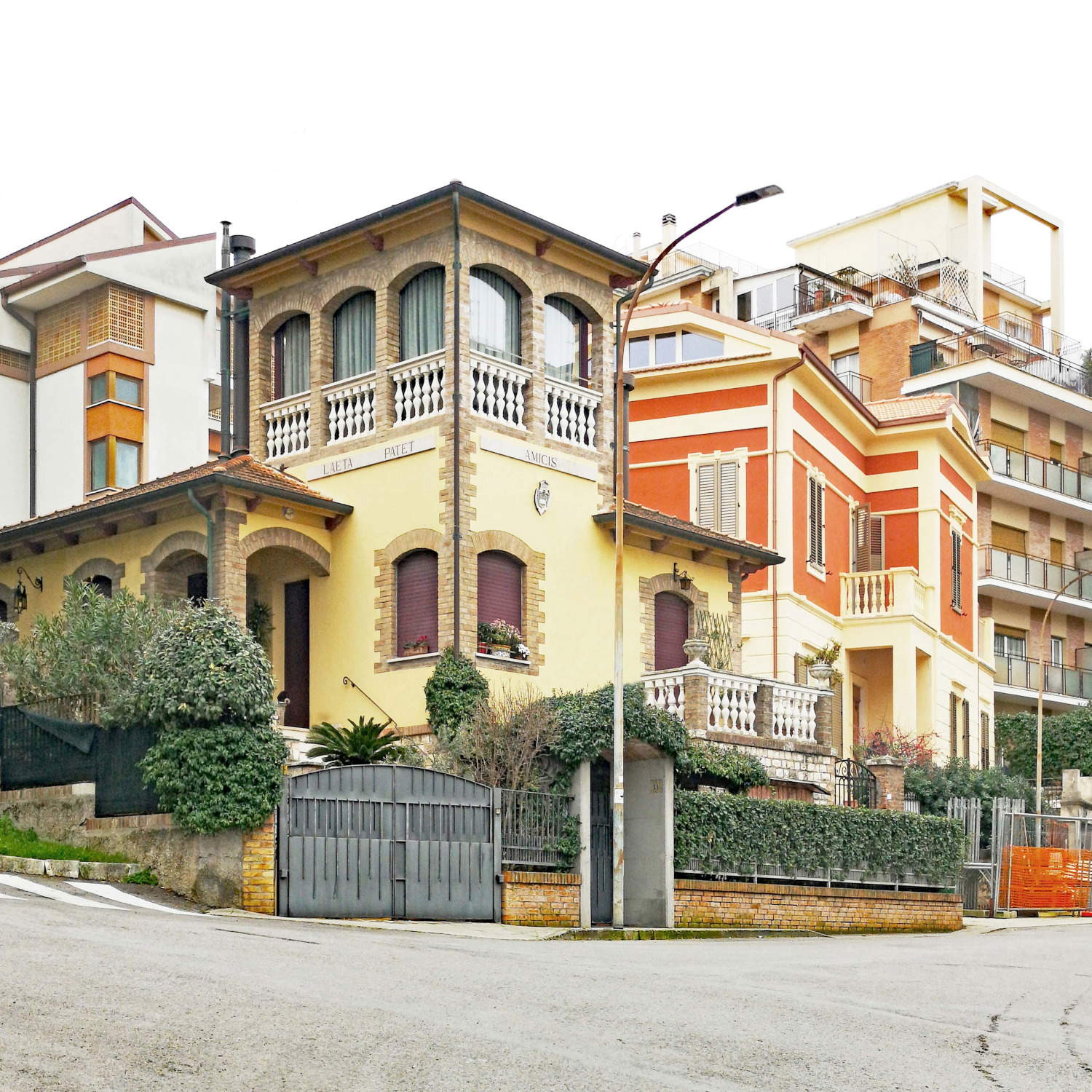
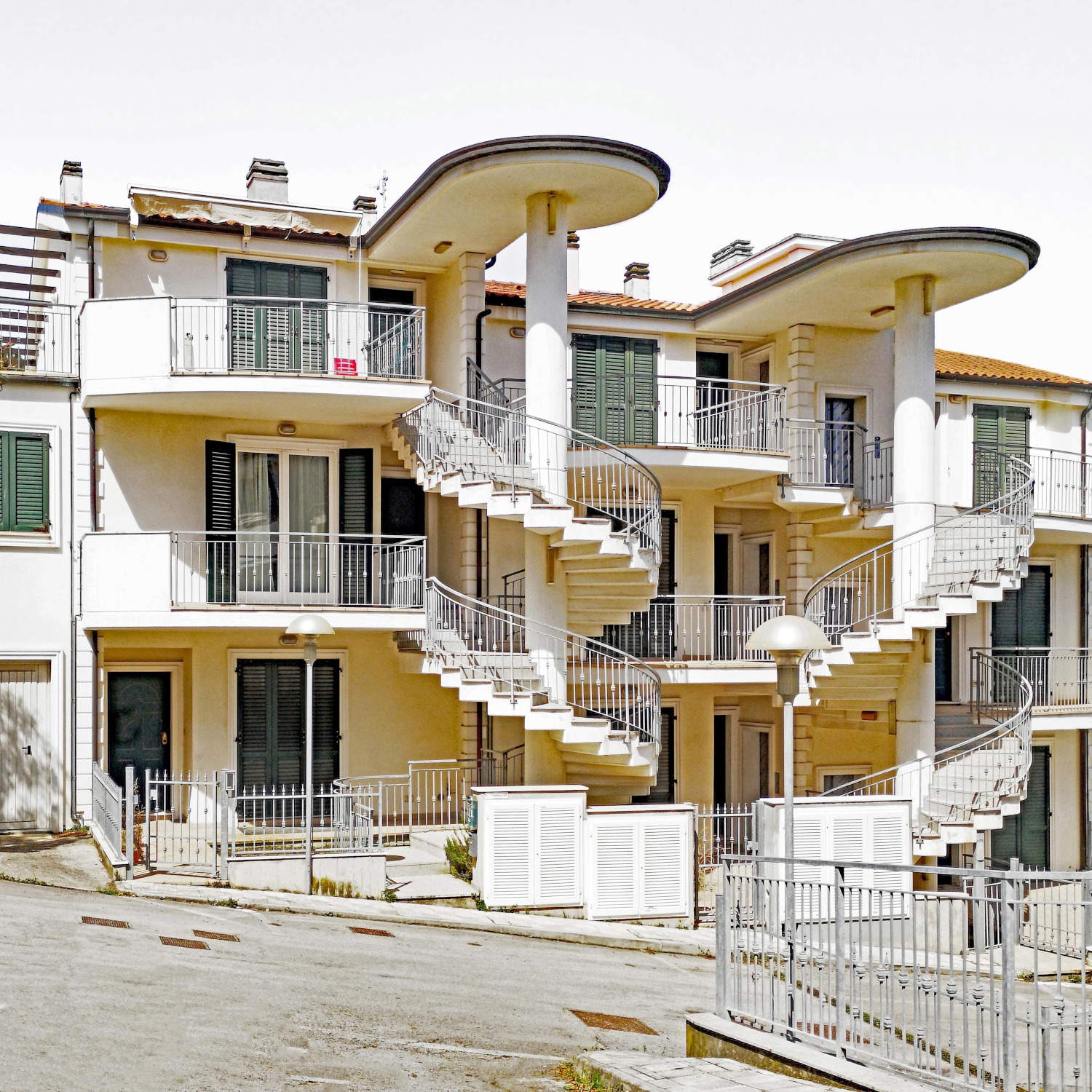
The houses you photograph are always bathed in a white, strong, sometimes almost blinding light, to what do you owe this choice?
I am not interested in the outline details, the blue or cloudy skies, the elements of dramatization or lyricism that are often sought in photographs. I want the viewer’s attention not to be distracted by disturbing factors, but focused on what I intend to show.
In the text accompanying the exhibition, we read that this journey among the dwellings of our country reveals our “Italian-ness,” and “Italian-ness” moreover is also the title of one of your exhibitions. But what is “Italian-ness” for you?
The debate about the existence of “national characters” or the “spirit of a people,” the famous Volksgeist, is a long-standing one. I have no ambition to participate in it, but more simply I believe that to understand a collective identity, in which the personal one is necessarily inscribed, it is useful to document ethnographically - the same used by anthropologists to study populations other than one’s own - one of the first emanations of that identity, namely the living environment.
Your Casa nostra project comes after other series devoted to Italy and Italians. How does this new series relate to the others?
It is a piece of the mosaic. I hope that in the end a meaningful overall picture will emerge.
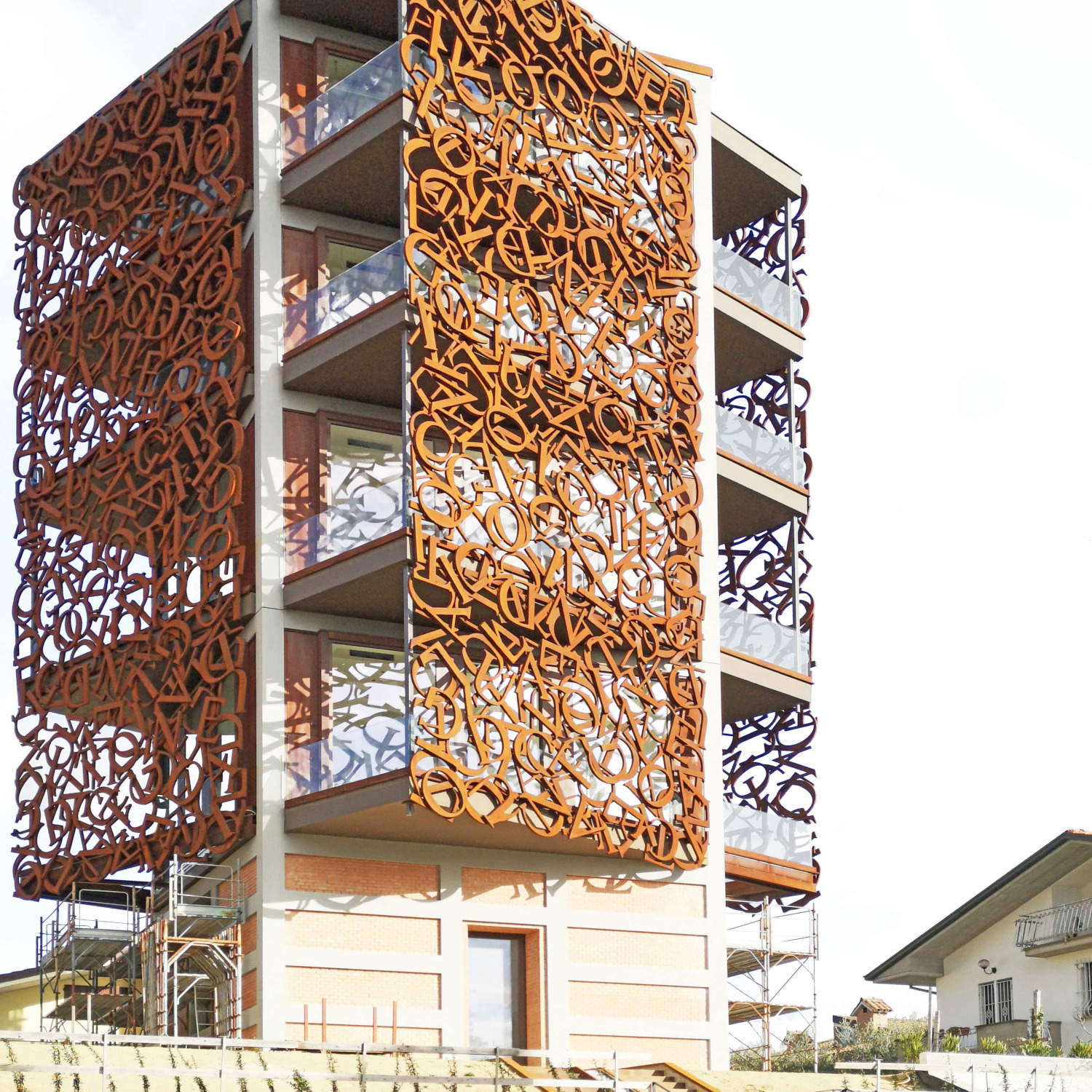
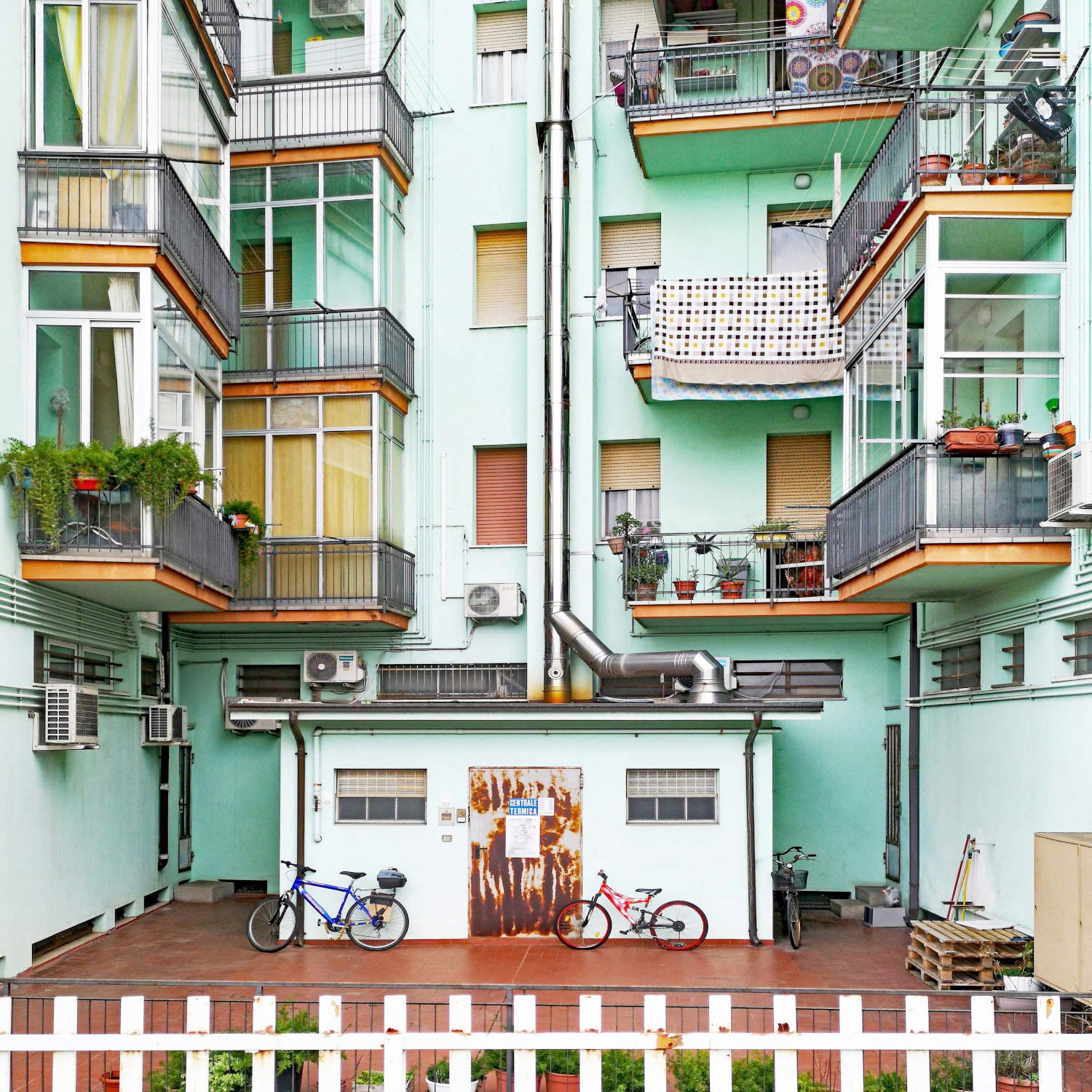
Warning: the translation into English of the original Italian article was created using automatic tools. We undertake to review all articles, but we do not guarantee the total absence of inaccuracies in the translation due to the program. You can find the original by clicking on the ITA button. If you find any mistake,please contact us.